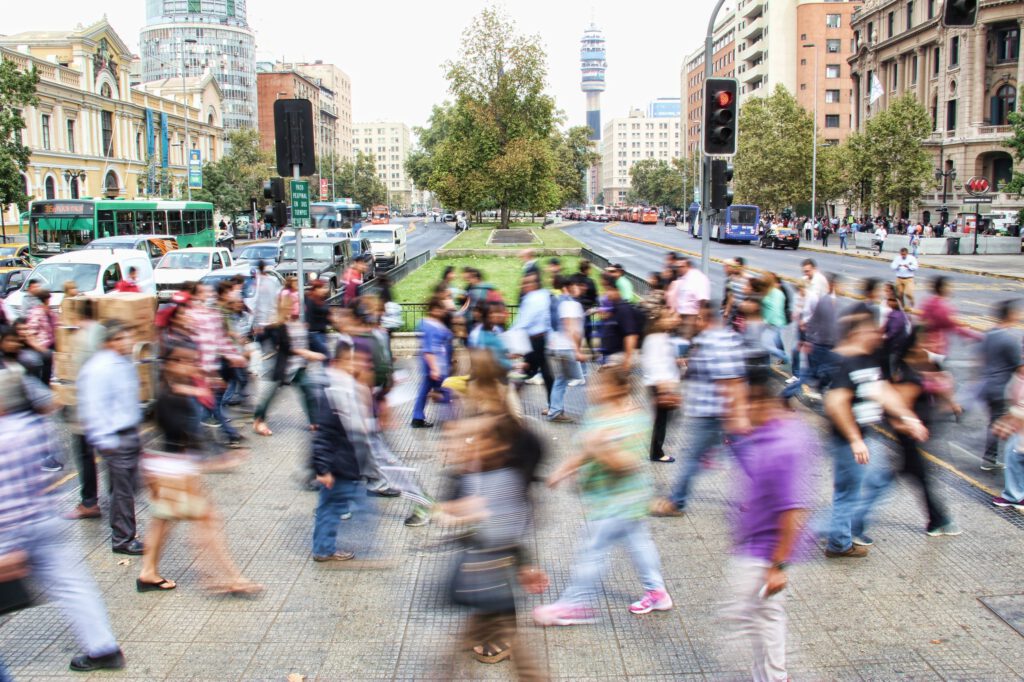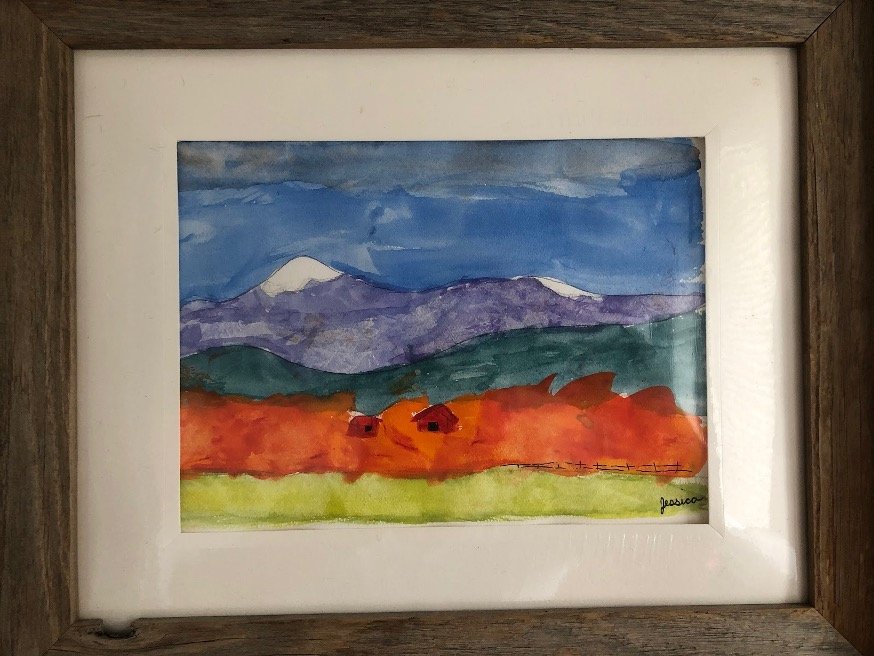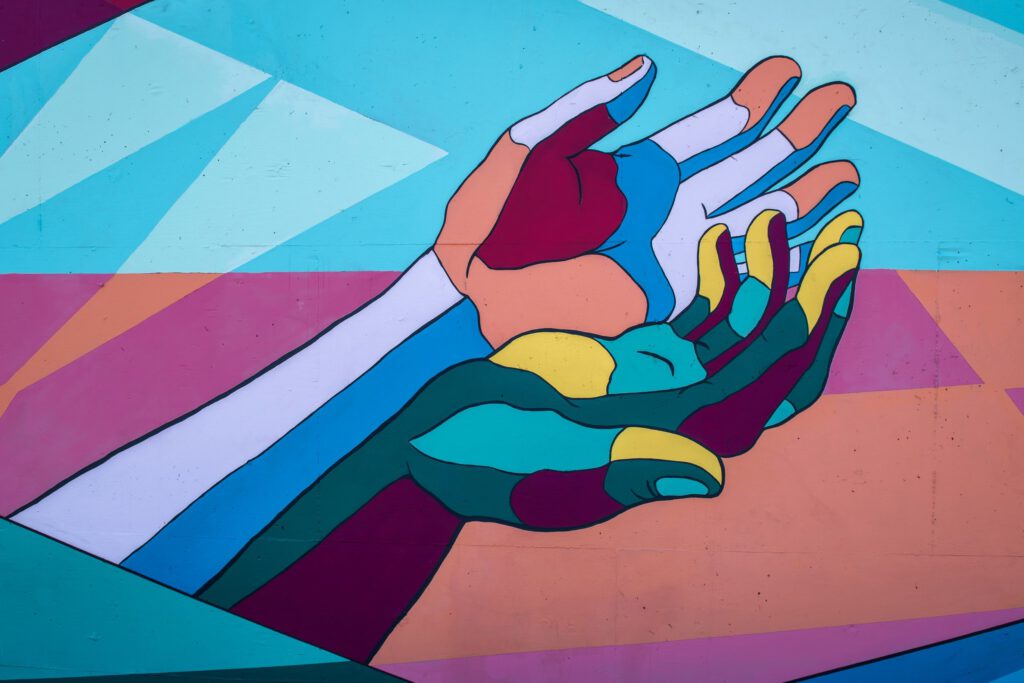Community Engagement Strengthens Learning
“It takes a village to raise a child,” is an African proverb with new meaning in the era of digital learning as global connections are readily available to anyone with an internet connection. 20th-century educational theorist Jean Piaget concluded that people do not passively learn or wait to be filled like empty vessels; rather, people create their own knowledge in community with others around them. In other words, learning does not happen in isolation. Educators must build an environment for rich learning experiences to take place by fostering community engagement. Engaging the community provides students with diverse perspectives, access to learn from people in their fields of interest, and opportunities to do purposeful work alongside their peers. When teachers and leaders ignite students’ curiosity, students are empowered to construct their own meaning in personalized ways. Continue reading to learn ways teachers and leaders can leverage community engagement to enable students to create new knowledge and understanding!
Local Community Partners
Local community partners provide diverse opportunities for students to do purposeful learning within the context of the real world in their own neighborhoods. Student learning is concretized, in part, by connections they are able to make with their communities. An important goal of community connection in the classroom is that students see the local impact of concepts and skills they learn at school. A project I co-designed with my fifth-grade students in Ridgway, Colorado was a prime example of a community partnership that resulted in measurable learning outcomes.
Working closely with our school’s Art and Media Specialist along with students’ families, I partnered with a local art supply store and coffee shop to facilitate a project about the economics of the art world. Students had been studying local geographical landscapes through the perspective of art and science. In this project, students created watercolor paintings of local landscapes which they matted and displayed in an art show at the local coffee shop. Students prepared to sell their artwork and advertised the art show within their community. On opening night, my students and I waited anxiously for visitors as we anticipated public response and reaction to the artwork.
A fifth-grade student used watercolor to paint the Cimarron Range.
It was a success! All students’ artwork was sold at prices ranging from $10 to $100. As a result of local partnerships and community engagement, students worked together to build their understanding of local economics, geographical landscapes, and even advertisement. Importantly, students’ engagement and curiosity grew as the art show became a reality. Consider the following three next steps as you develop your own local-community projects:
-
Determine what students want to learn or are interested in exploring.
-
Find a real-world application for classroom learning.
-
Build long-term relationships with community partners relevant to the subject area.
Global Community Partners
Tapping into the global community is also valuable as a means to deepen students’ learning and understanding of the interconnectedness of the world. With the digital tools available via the internet, teachers and leaders can bring the world to students or even bring students to the world! When teachers join global networks and build international collaborations, they are empowered to create learning experiences about a wide range of topics and subjects. Consider these two examples:
The World to Students: A group of eager primary students in lab coats and safety goggles interviewed a volcanologist in this global project. A science teacher preparing for a unit on changes in the Earth’s surface researched scientists via the website Skype a Scientist. She made contact with a volcanologist who, with a stable internet connection, was able to teach students how volcanoes impact the Earth’s surface via video conference. The class came together to have a shared experience with an expert in the field.
Students to the World: While participating in a World Leadership School Program, a group of secondary students from Colorado physically traveled to the Eastern Shore of Maryland and Virginia to explore issues of environmental justice. The teacher worked in advance of the travel opportunity to prepare students for the experience by teaching regional history and geography. During the experience, students reflected through journaling and group processing to consider actions they might take in their local community to protect the environment.
As with local community partners, teachers should approach global partnerships through the lens of student interest. Consider what students are required to learn from grade-level or subject-area standards as well as where they might learn best, both physically and virtually. There are hundreds of global organizations teachers might leverage to bring the world to the classroom. The following organizations create global connections for teachers and students:
-
Skype a Scientist has a database of thousands of scientists who can connect with classrooms, families, libraries, scout troops, and more all over the globe.
-
World Leadership School offers school groups in-person and virtual “immersion opportunities with small communities around the world”.
-
iEARN “…empowers teachers and young people to work together online using the Internet and innovative communications technologies.”
-
Global Art Project for Peace is an organization whose mission is to, “…joyously create a culture of peace through art. The Project celebrates diversity and multiculturalism while expressing the idea: We Are All One.”
-
Global Read Aloud provides books through which teachers and students create as many global connections as possible. The big idea is, “One book to connect the world.”
Community connections, both local and global, enable teachers and students alike to learn and grow. When teachers reach out to build partnerships for the classroom, they help students engage in purposeful work to develop their own understanding of core knowledge and skills, make real-world connections, and practice 21st-century skills. How can you lean into “the village” at your fingertips to innovate teaching and learning in your classroom?
Learn more about our teacher certification program and master’s in education programs.
Justine Wilson, M.Ed.
Faculty, Moreland University




